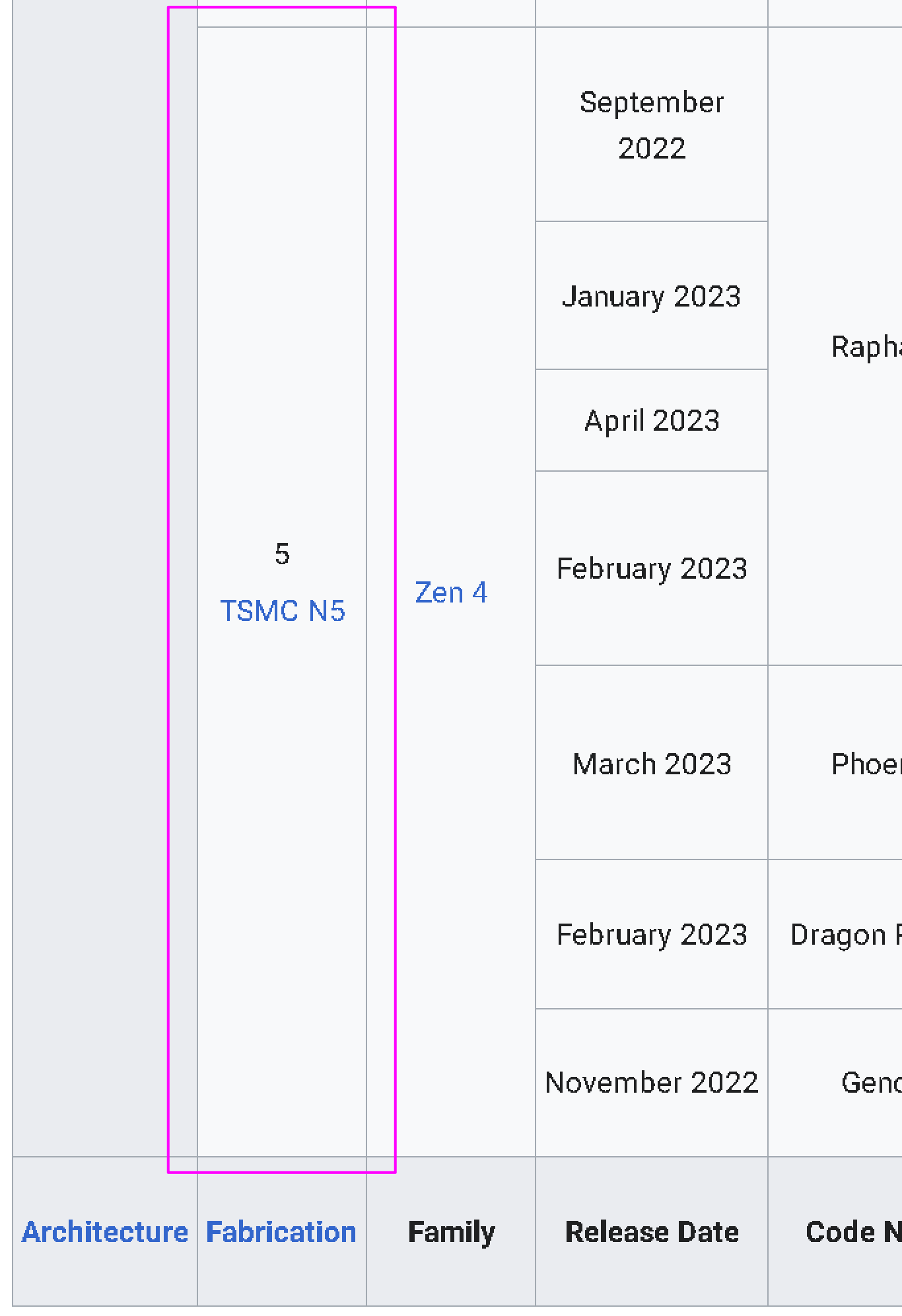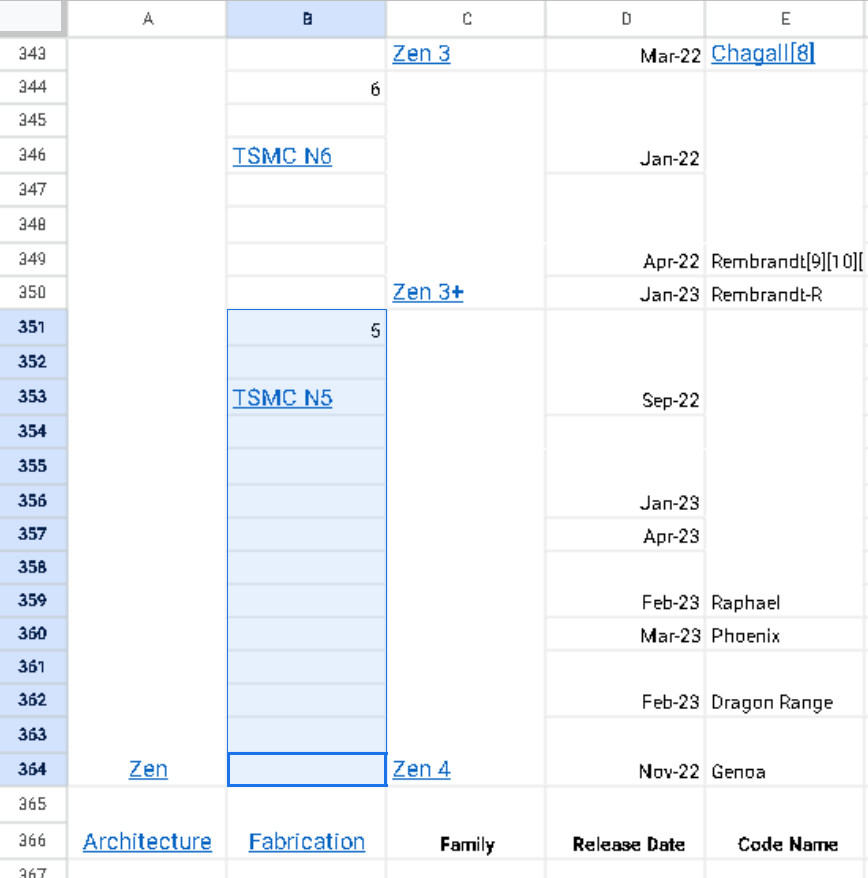

I think i read that it uses an old version of electron or something? Do i recall correctly?


I think i read that it uses an old version of electron or something? Do i recall correctly?


Union organizing and intersectionality can only improve things.


was it a qoo wop song?


why was Google able to find the answer to questions exactly like this 6+ years ago?
curious if there is any way to know for sure if this is the case? is there documentation of vague google searches over time to track their results? sort of seems like a “don’t know what you got til it’s gone” sort of thing for the average user. but maybe there is some academic work or industry publications to this effect?
We do have a good 10-20 years of every news story intro containing a line like “a google search for ‘spatula’ returns 2.5million results”. remember when journalists and other writers thought that just putting a single search term into a search engine was the way to conduct online research?
otherwise it is really just your recollection how it felt then vs now. i can’t comment on @merc@sh.itjust.works’s programing skills but the point about changing expectations is a good one. not to mention that the amount of available data has exploded.


According to US statistics, “overall college enrollment rate of 18- to 24-year-olds (ages in which students traditionally enroll in college) was 38 percent in 2021”.
So if by “most people” you mean, “less than half” then yes you are correct.


Well you can’t make a hiring decision on that basis in most places unless you have a reason. What constitutes “a reason” being variable. Generally if you are prohibited from making a decision on a certain factor, you may not ask about it during an interview.
Sex discrimination can be constituted by various things. For example asking about maritial status, children, plans for pregnancy, soliciting sexual favors, etc. Also in some places, if you thought someone might be trans, you could not ask them about that.


Some of us don’t clutter up our resumes with every job we’ve ever had. My resume lists nothing irrelevant to my current career. I was well into adulthood at that time. Who cares where I went to highschool? It demonstrates respect for the time of the person tasked with reading a stack of resumes to not waste their time.


Could be using CSS position: fixed. But idk there could be other more sophisticated ways to accomplish the same thing.
In terms of why to not use it, I can think of reasons to avoid it by default. Like it could be very annoying on some devices in some situations. If the page authors made the table headings really long, it could obscure the content. I know I have been annoyed by this sort of thing when websites use position: fixed for their navigation or other elements. When I’ve snooped around the backend of wikipedia I see that they are contending with a wide variety of contributors and users and whatever they do needs to accommodate everyone.
What I find surprising is that there is (apparently) no 3rd party browser extension, userstyle or userscript that allows enabling this.


It sucks because the info is all there! Someone has gone to the trouble to put it in and everything.
Like I said in the top post I honestly don’t understand how these large tables even get updated… How do the authors know what they are even editing?? There has to be a trick.


Freezing the top row (when wanted by the user) would be an actual legitimate use of that annoying thing where websites have their navigation bar persistently at the top of the window.


Thanks for taking the time! But it doesn’t properly reproduce the content.
As an example, here is the very bottom left corner from the wikipedia:

there is a merge row with content “5 TSMC N5”. Same height as merged row in next column, with content “Zen 4”.
But in the google sheet:

those row containing “5 TSMC N5” have all be un-merged into 14 separate rows. However for some reason “Zen 4” has been properly copied?
I would need 2+ very large displays to compare the two documents side by side but from what i can see on my 1 small display there are many such inconsistencies. My experience is that cleaning up the data is impossible.
Not only were the programmers women, but so were the computers.